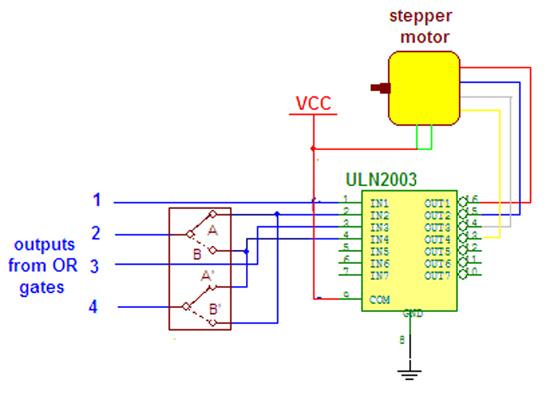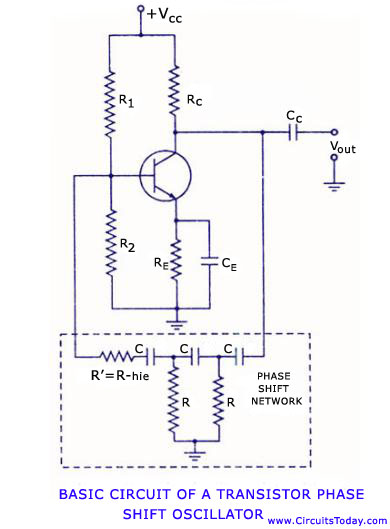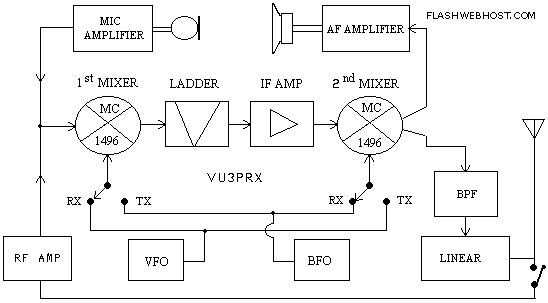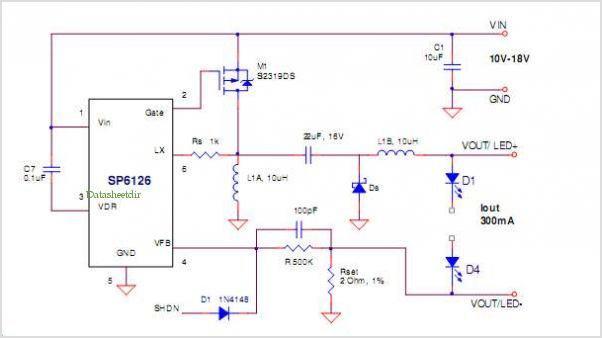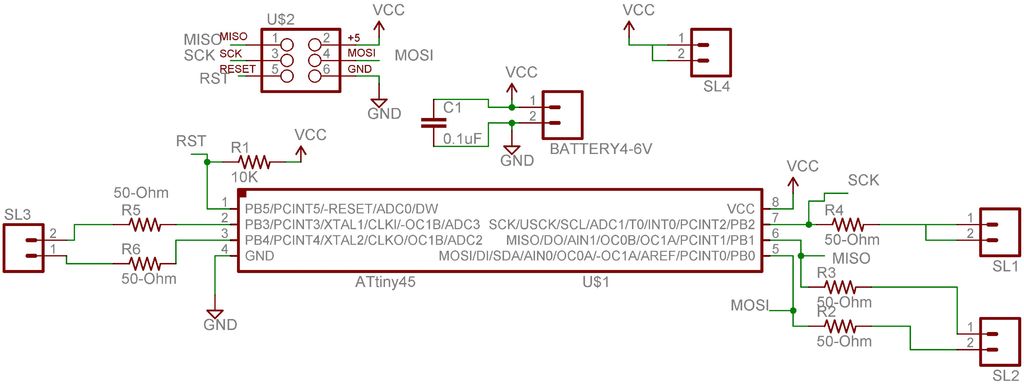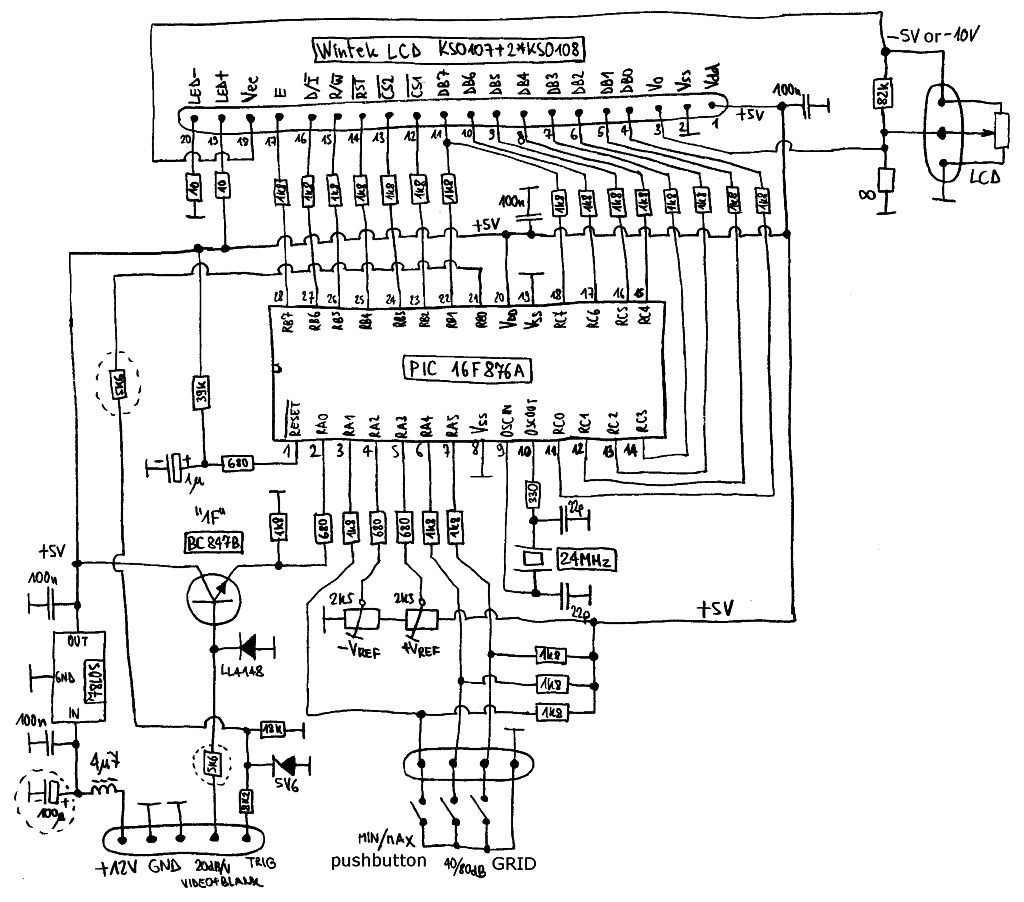
Using the joystick port as general purpose input
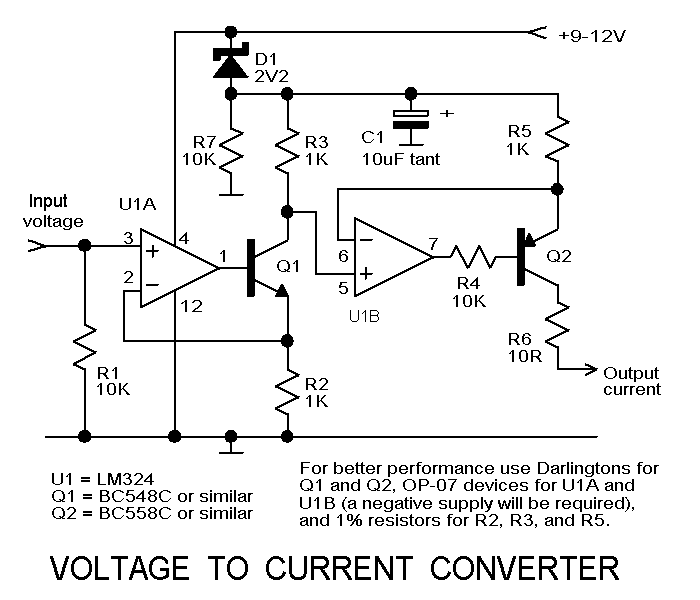
The joystick button inputs can be used as general purpose button or switch inputs, and can also be driven by logic level signals or by open collector or open drain logic outputs. If used with a signal direct from a mechanical contact (e.g. a switch, microswitch, contact, or pushbutton), remember that the joystick port does not perform hardware debouncing, so this must be provided by external hardware or provided by software.
The joystick button inputs serve a versatile role in electronic designs, allowing for the integration of various types of input mechanisms. These inputs can be configured to function as general-purpose buttons or switches, making them suitable for a wide range of applications, from gaming controllers to industrial control panels.
The inputs can accept signals from logic level sources, which means they are compatible with digital circuits operating at standard voltage levels, typically 3.3V or 5V. Additionally, they can interface with open collector or open drain outputs, which are common in digital logic circuits. This feature allows for the connection of multiple devices to a single input line, enabling more complex control schemes without the need for additional components.
When connecting mechanical contacts such as switches, microswitches, or pushbuttons, it is critical to note that the joystick port lacks inherent hardware debouncing capabilities. Mechanical switches can produce noisy signals when toggled, leading to multiple transitions being detected instead of a single clean signal. To mitigate this issue, external debouncing circuits may be employed. These circuits typically consist of resistors and capacitors configured to filter out the noise, ensuring that the input signal stabilizes before being processed. Alternatively, software debouncing techniques can be implemented in the firmware of the controlling microcontroller or processor, which involves programming logic to ignore rapid state changes within a specified time frame.
In summary, the joystick button inputs are adaptable components that enhance the functionality of electronic devices, but careful consideration must be given to signal integrity and debouncing when integrating mechanical switches.The joystick button inputs can be used as general purpose button or switch inputs, and can also be driven by logic level signals or by open collector or open drain logic outputs. If used with a signal direct from a mechanical contact (e.g. a switch, microswitch, contact, or pushbutton), remember that the joystick port does not perform hardware debouncing, so this must be provided by external hardware or provided by software.
🔗 External reference
The joystick button inputs serve a versatile role in electronic designs, allowing for the integration of various types of input mechanisms. These inputs can be configured to function as general-purpose buttons or switches, making them suitable for a wide range of applications, from gaming controllers to industrial control panels.
The inputs can accept signals from logic level sources, which means they are compatible with digital circuits operating at standard voltage levels, typically 3.3V or 5V. Additionally, they can interface with open collector or open drain outputs, which are common in digital logic circuits. This feature allows for the connection of multiple devices to a single input line, enabling more complex control schemes without the need for additional components.
When connecting mechanical contacts such as switches, microswitches, or pushbuttons, it is critical to note that the joystick port lacks inherent hardware debouncing capabilities. Mechanical switches can produce noisy signals when toggled, leading to multiple transitions being detected instead of a single clean signal. To mitigate this issue, external debouncing circuits may be employed. These circuits typically consist of resistors and capacitors configured to filter out the noise, ensuring that the input signal stabilizes before being processed. Alternatively, software debouncing techniques can be implemented in the firmware of the controlling microcontroller or processor, which involves programming logic to ignore rapid state changes within a specified time frame.
In summary, the joystick button inputs are adaptable components that enhance the functionality of electronic devices, but careful consideration must be given to signal integrity and debouncing when integrating mechanical switches.The joystick button inputs can be used as general purpose button or switch inputs, and can also be driven by logic level signals or by open collector or open drain logic outputs. If used with a signal direct from a mechanical contact (e.g. a switch, microswitch, contact, or pushbutton), remember that the joystick port does not perform hardware debouncing, so this must be provided by external hardware or provided by software.
🔗 External reference
Warning: include(partials/cookie-banner.php): Failed to open stream: Permission denied in /var/www/html/nextgr/view-circuit.php on line 713
Warning: include(): Failed opening 'partials/cookie-banner.php' for inclusion (include_path='.:/usr/share/php') in /var/www/html/nextgr/view-circuit.php on line 713
